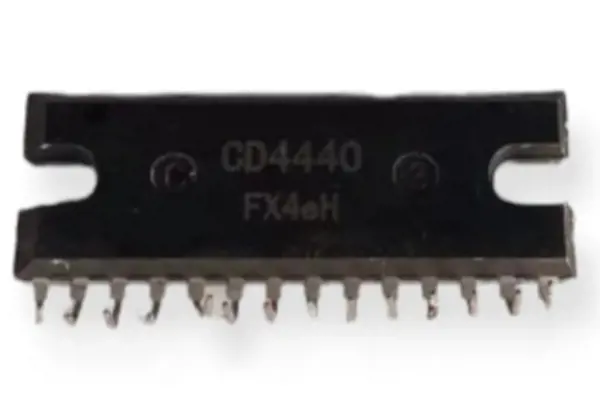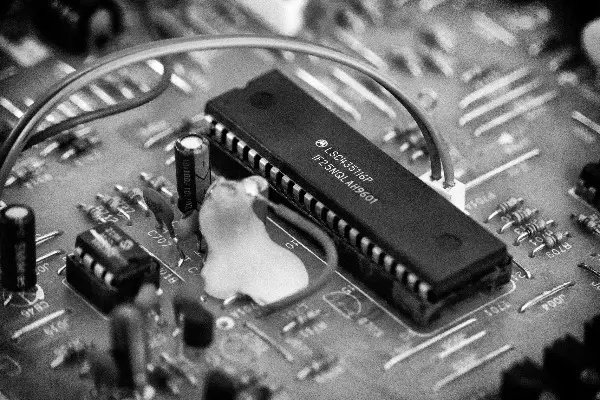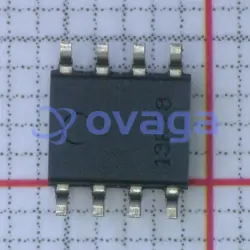What is a SMD Package? It's Features, Types and Sizes
업데이트 시간: Jun 07, 2023 독자층: 4197
Contents
In the evolving world of electronics, Surface Mount Device (SMD) packages have become a key component of contemporary circuit design. They're miniaturized parts that are directly mounted onto a printed circuit board (PCB), allowing for more compact, efficient, and cost-effective electronic devices. This article aims to unravel the complex world of SMD packages - understanding what they are, their unique features, diverse types, and various sizes.
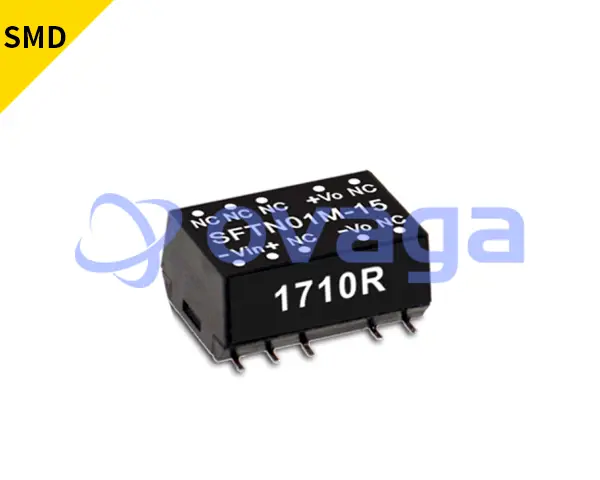
What is a SMD Package?
SMD stands for Surface Mount Device, which refers to electronic components that are mounted directly onto the surface of printed circuit boards (PCBs).
The term "SMD package" refers to the physical design and layout of these surface mount components. There are numerous types of SMD packages, and each has its own specifications, such as physical dimensions, pin count, and thermal properties. These different packages are used for different types of devices like transistors, resistors, capacitors, diodes, integrated circuits, and more.
Common types of SMD packages include:
- SOIC (Small Outline Integrated Circuit)
- QFP (Quad Flat Package)
- BGA (Ball Grid Array)
- SOT (Small Outline Transistor)
- 0603, 0402, 0201, etc. (standard package sizes for resistors, capacitors, and other discrete components, with the numbers referring to the dimensions of the component)
These packages are designed to be smaller and more efficient than traditional through-hole packages, which require holes to be drilled into the PCB for mounting. This has made SMD packages the dominant choice in modern electronics manufacturing due to their advantages in size, cost, performance, and ease of automation in assembly.
Relationship Between SMD & SMT
SMD and SMT are acronyms commonly used in electronics manufacturing and they are closely related.
SMD stands for "Surface Mount Device". This term refers to the actual electronic components that are designed to be mounted or placed directly onto the surface of a printed circuit board (PCB).
SMT, on the other hand, stands for "Surface Mount Technology". This term refers to the method used to assemble and produce electronic circuits where the SMD components are placed onto the surface of PCBs.
In essence, SMD refers to the components, and SMT refers to the manufacturing process. SMD components are used in SMT assembly methods, hence there's a direct relationship between the two. The advent of SMT has led to smaller, more efficient, and cost-effective electronic devices as it allows more components to be placed on a single PCB, thereby increasing the complexity and capacity of devices.
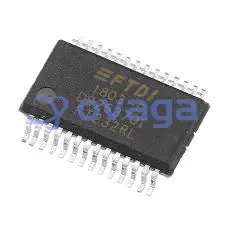
SMD Features
Surface Mount Devices (SMD) have several distinctive features:
1. Size: SMD components are smaller than their through-hole counterparts. This allows for higher density of components on a PCB, leading to smaller, more compact devices.
2. Cost-effective: The smaller size of SMD components leads to less material usage, and the assembly process is highly automated, reducing labor costs. This makes SMD a cost-effective choice for electronics manufacturing.
3. Performance: SMD components often have better performance characteristics due to their smaller size and lower lead inductance. This makes them suitable for high-speed or high-frequency applications.
4. Two-sided mounting: SMD components can be mounted on both sides of a PCB, increasing the component density and functionality of the board.
5. Lower lead inductance and resistance: The smaller leads of SMD components reduce the inductance and resistance of the component, improving performance.
6. Robustness: SMD components tend to be more robust to physical shock and vibration because they have a larger surface area in contact with the PCB and smaller, lighter leads.
7. Variety: There is a wide variety of SMD packages available for different types of components, including resistors, capacitors, transistors, integrated circuits, and more.
8. Efficiency: SMD technology increases the automation of PCB assembly, leading to higher production rates, fewer errors, and less waste.
While SMD technology has numerous advantages, it also has some limitations such as difficulty in manual soldering or rework, potential for damage from electrostatic discharge (ESD), and typically being harder for hobbyists to work with due to the small size of the components.
SMD Resistor Packages
Here's a table of common SMD resistor packages:
| SMD Package Type | Dimensions (mm) |
Dimensions (inches)
|
| 2920 | 7.4 x 5.1 | 0.29 x 0.20 |
| 2512 | 6.3 x 3.2 | 0.25 x 0.125 |
| 2010 | 5.0 x 2.5 | 0.20 x 0.10 |
| 1825 | 4.5 x 6.4 | 0.18 x 0.25 |
| 1812 | 4.6 x 3.0 | 0.18 x 0.125 |
| 1806 | 4.5 x 1.6 | 0.18 x 0.06 |
| 1210 | 3.2 x 2.5 | 0.125 x 0.10 |
| 1206 | 3.0 x 1.5 | 0.12 x 0.06 |
| 805 | 2.0 x 1.3 | 0.08 x 0.05 |
| 603 | 1.5 x 0.8 | 0.06 x 0.03 |
| 402 | 1.0 x 0.5 | 0.04 x 0.02 |
| 201 | 0.6 x 0.3 | 0.02 x 0.01 |
| 1005 | 0.4 x 0.2 | 0.016 x 0.008 |
SMD Diode Packages
SMD diodes also come in a variety of package sizes, which are designed for different applications. Some common SMD diode packages include:
| Package Type | Dimensions | Typical Use Case |
| SOD-123 | 2.8mm x 1.8mm | General-purpose diodes |
| SOD-323 | 1.7mm x 1.25mm |
General-purpose diodes, small signal switching diodes
|
| SOD-523 | 1.6mm x 0.8mm | Small signal diodes for high-density applications |
| SOD-723 | 1.3mm x 0.6mm |
Small signal diodes for very high-density applications
|
| SOD-882 | 1.0mm x 0.6mm |
Small signal diodes for ultra high-density applications
|
SMD diodes are used in a wide range of applications, including rectification, signal clamping, voltage regulation, and more. As with resistors, the actual performance characteristics of a given diode will depend on the specific design and materials used, so it's always important to check the manufacturer's specifications.
SMD IC Package Types
Integrated Circuits (ICs) come in a plethora of SMD package types. Among them, the Small Outline Integrated Circuit (SOIC) is commonplace, typically hosting 8 to 24 pins and used for low-to-moderate complexity ICs. Its smaller variant, the Shrink Small Outline Package (SSOP), and an even thinner version, the Thin Shrink Small Outline Package (TSSOP), are used when space conservation is crucial. Quad Flat Packages (QFP) and their slimmer counterpart, Thin Quad Flat Packages (TQFP), come with pins on all four sides, accommodating high pin counts ranging from 32 to 256. The Ball Grid Array (BGA) stands apart with its array of tiny solder balls instead of pins, enabling high pin counts often in the hundreds. Lastly, the Quad Flat No-lead (QFN) and Dual Flat No-lead (DFN) packages feature contact pads on the bottom of the package rather than leads, with the QFN being suitable for moderate to high pin counts and the DFN for lower pin counts. These package types significantly influence an IC's performance, each carrying different thermal characteristics, pin densities, and sizes.
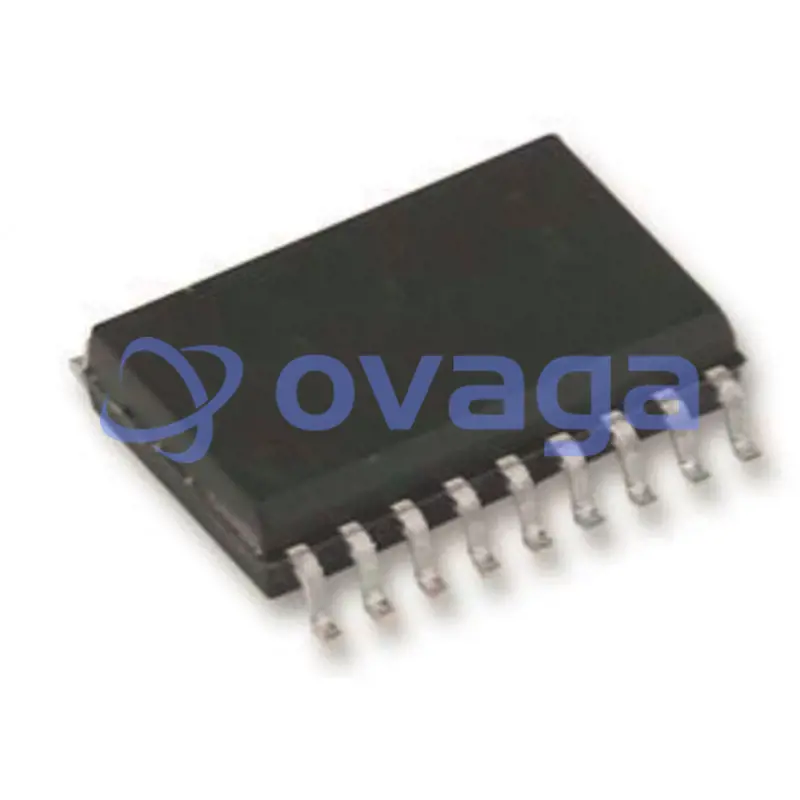
Resistor Package Sizes
Resistors, particularly SMD resistors, come in a variety of package sizes. These are typically expressed as a three- or four-digit number that corresponds to the component's length and width in hundredths or thousandths of an inch.
Here are some of the most common SMD resistor package sizes:
- 0201: These tiny resistors measure 0.6mm by 0.3mm. They're often used in extremely high-density applications.
- 0402: A bit larger than the 0201, the 0402 measures 1.0mm by 0.5mm. They are common in high-density applications, such as mobile devices.
- 0603: The 0603 package measures 1.6mm by 0.8mm. This is a common size for a wide range of applications.
- 0805: The 0805 measures 2.0mm by 1.25mm. These resistors are a bit easier to work with due to their larger size.
- 1206: The 1206 package is larger still, measuring 3.2mm by 1.6mm. They are often used in applications that require higher power ratings.
Each package size carries a different power rating, with larger packages typically being able to handle higher power levels. However, the specifics can vary depending on the resistor's design and material properties, so it's always a good idea to check the manufacturer's specifications.
SMD Advantages
One of the key advantages of SMDs is their size. SMD components are much smaller than traditional through-hole components, which means they take up less space on a printed circuit board (PCB). This allows manufacturers to fit more components onto a single PCB, enabling them to create smaller and more compact electronic devices. The size of SMD components also means that less material is needed for each component, which can reduce manufacturing costs.
In addition, SMD technology allows for a high degree of automation in the assembly process. Traditional through-hole components require holes to be drilled into the PCB, a process which can be time-consuming and costly. In contrast, SMD components can be placed onto the surface of the PCB and then soldered in place using a reflow soldering process. This process can be highly automated, which can lead to increased production rates, lower labor costs, and fewer errors in the assembly process. The ability to mount SMD components on both sides of the PCB further increases the component density and allows for even more complex circuits to be designed and produced.
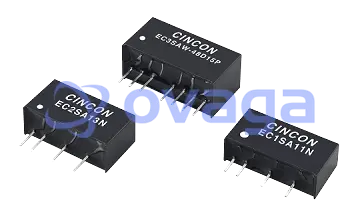
Conclusion
To bring our exploration full circle, we have delved deep into the world of Surface Mount Device (SMD) packages, illuminating their unique characteristics, diverse types, and various sizes. From their integral role in modern electronics due to their compact and cost-effective nature, to their application in various devices, SMDs prove to be a game-changer in electronics manufacturing. The intricate dance between SMDs and the Surface Mount Technology (SMT) production process marks a significant leap in how we approach electronics design and production.
Read More:
Small Outline Integrated Circuit - SOIC
IC Package Types and Their Features
Small Outline Package (SOP): Definition, Applications and Advantages
인기 블로그
-
![CD4440 IC: Datasheet, Amplifier Circuit Diagram, Pinout]()
CD4440 IC: Datasheet...
The CD4440 IC is a stereo audio power amplifier ...
-
![Small Outline Package (SOP): Definition, Applications and Advantages]()
Small Outline Packag...
SOP (Small Outline Package) is a type of integra...
-
![Advantages and Disadvantages of Operational Amplifier (Op-amp)]()
Advantages and Disad...
Operational amplifiers, or op-amps, offer a host...
-
![Dual Inline Package Meaning]()
Dual Inline Package ...
Dual in-line package, also known as DIP package ...



